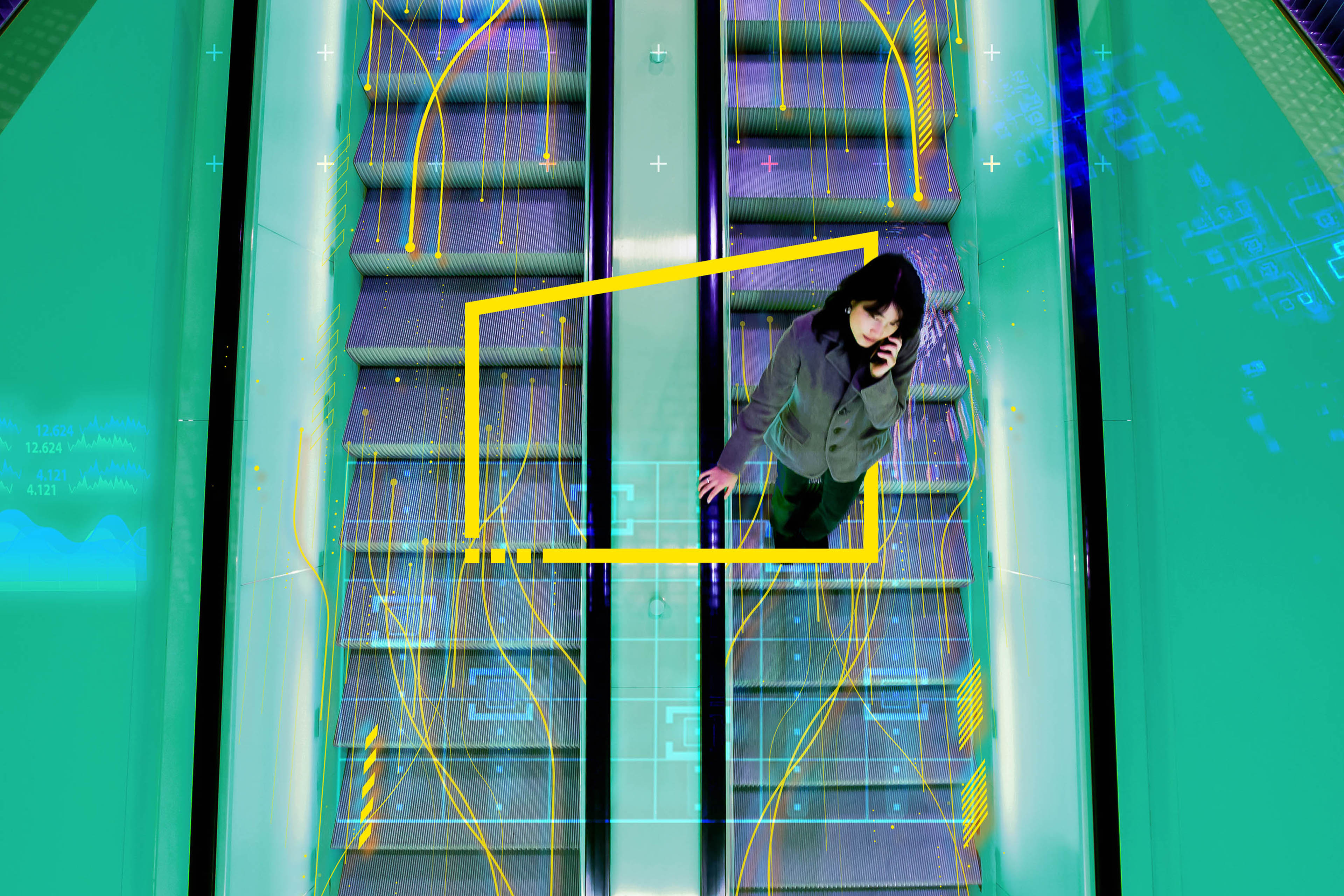EY refers to the global organization, and may refer to one or more, of the member firms of Ernst & Young Global Limited, each of which is a separate legal entity. Ernst & Young Global Limited, a UK company limited by guarantee, does not provide services to clients.
How EY can help
-
Optimize operations with Ernst & Young LLP Supply Chain consulting services. Use tech and AI to boost resilience, efficiency and value.
Read more
The integration of AI in the supply chain is not a distant prediction but an ongoing reality. For example, in a 2024 EY survey, 72% of respondents say their employees are using AI at least daily in the workplace.2 As more companies begin to integrate AI use cases into their supply chain, job requirements are rapidly shifting. Traditional roles are being redefined, necessitating a shift in skill sets, where adaptability and technological fluency become critical. In fact, while “AI and big data” rank only 15th as a core skill for mass employment today, it is listed as a top-three priority in company training strategies for the next three years.3
As these strategies are rolled out, one challenge stands out: the growing skills gap. Supply chain organizations are challenged to find talent within and outside their organization that is equipped for the demands of modern supply chain operations. Closing this gap is not optional but essential. Without a human-centered approach to supply chain transformation, the talent gap will be further increased and organizations will fail to realize the benefits of supply chain investments.
As organizations work to close the skills gap with their employees to operate in autonomous supply chains, they must not overlook the importance of investing in leaders. The effectiveness of a technologically advanced supply chain is contingent upon the presence of leaders who can guide this newly skilled workforce. Case in point, the World Economic Forum’s skills outlook survey places a spotlight on this necessity, emphasizing the upskilling of leaders as a strategic imperative for businesses through 2027.4 Leaders must be equipped not just with a foundational understanding of AI and automation, but also with the strategic foresight to harness these tools for innovation and competitive advantage.
Interested readers are invited to explore these insights and strategies by accessing the complete whitepaper. This piece delves into the critical intersection of supply chain adaptation and workforce evolution, offering insights into the need for upskilling the supply chain workforce with adaptive and leadership skills, underpinned by targeted personalized learning experiences. Such an approach not only empowers the workforce but also helps ensure that they can seamlessly adapt to the ever-shifting demands of the supply chain landscape.







